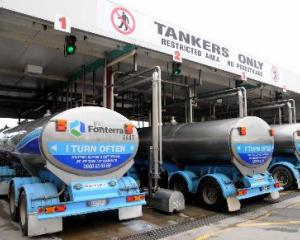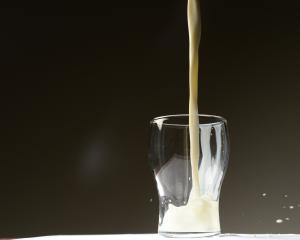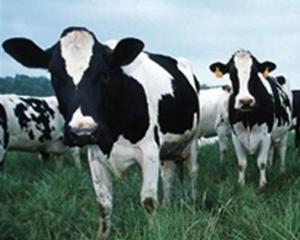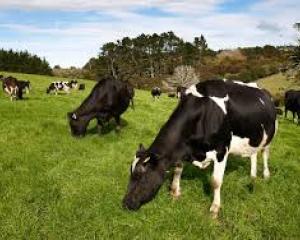The attention of the world's dairy markets will be focused on today's globalDairyTrade event after news cyclones, floods and bush fires have cut Australian milk production by at least 100 million litres this season.
Dairy Australia has downgraded its forecast milk production for this season from between 9.1 billion and 9.2 billion litres to between 9 billion and 9.1 billion litres, but warned the full impact may not be known for some time.
Fonterra, which handles about 92% of New Zealand milk, collected 14.7 billion litres last year.
Overnight, Fonterra held its latest fortnightly globalDairyTrade internet auction, and there will be interest in whether prices have reacted to disrupted production.
Prices rose 7.2% at the previous auction two weeks ago, but NZX Dairy Futures reports the world's available production is being bought, indicating firm markets and prices.
Fonterra declined to comment.
Instead of the wet summer being of benefit, flooding in Queensland affected 350 farms, resulting in the loss of production of 50 million litres of milk, or 9% of the state's production, while flooding in Victoria hit 100 farmers, Dairy Australia's annual outlook said.
Cyclone Yasi, bushfires and flooding in Gippsland all occurred after the report and their impact had not been calculated, the report said.
Fonterra Australia has suppliers in Victoria and Tasmania.
Rabobank estimated New Zealand production was running 0.5% ahead of last year in the eight months to January, while Australian milk flows were up 0.1% to the end of January, but would have since fallen because of the weather.
This higher production pales into insignificance compared with milk flows in the three months to January, which were up 2.9% in the European Union, 2.8% in the United States and 6.9% in Argentina.
Production in the US was expected to dip because of soaring feed costs, but favourable conditions in Europe would help early season production, the bank's agribusiness review said.
Commodity prices were well ahead of 2010 trading levels, helped in part by China's unsatisfied demand, growing demand from Russia and an expectation Algeria and India may soon enter the market.
During December, New Zealand export volumes rose 3%, dominated by growth of whole milk powder sales, with more than 100,000 tonnes exported during the month, of which 50,000 tonnes went to China.






